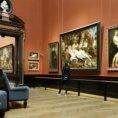The exhibition of drawings by Gustav Klimt at the Albertina Modern
Klimt’s double anniversary exhibition
An anniversary is always an occasion, especially after one hundred years. Klimt’s one hundred and sixtieth birthday is an occasion to take out the best drawings and demonstrate to the public that the Albertina’s collection is also of outstanding quality and quantity when it comes to this artist.
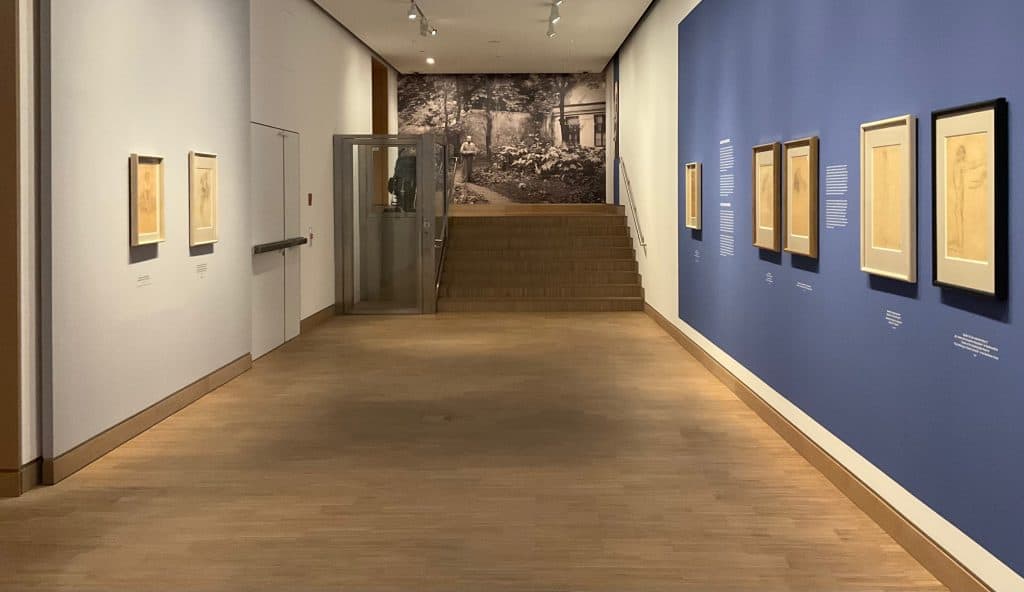
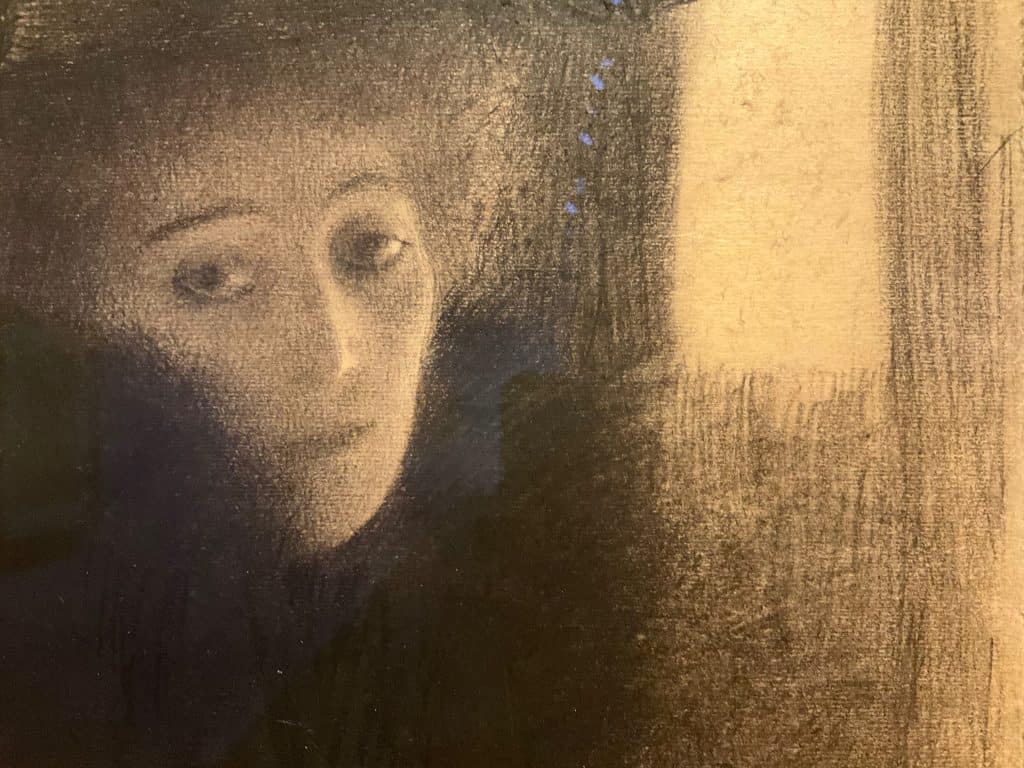

Early works
The chronologically arranged exhibition opens with sketches for the Burgtheater’s ceiling paintings, in the style of the Historicism. In addition to Klimt’s own works, it also includes drawings made together with his brother Ernst. Looking at these works one cannot help but marvel not so much at the craftsmanship, but at the integrity of the work.


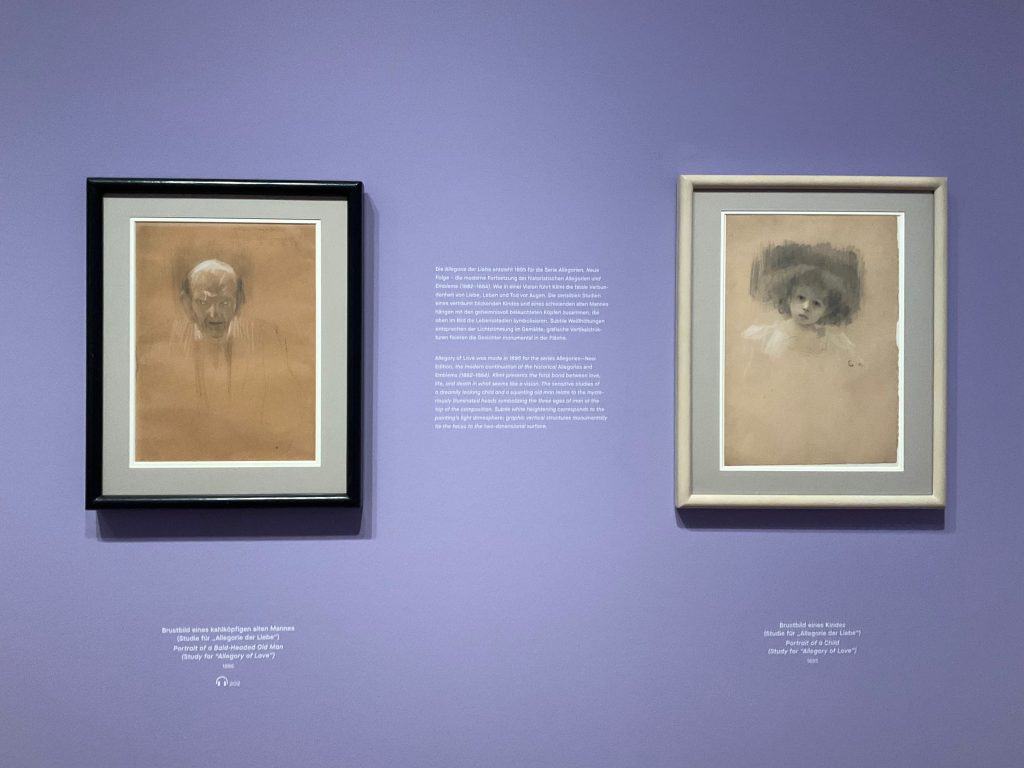
Even knowing that Klimt executed many commissions jointly, to see such evidence of stylistic unity in the collaborative work of an artist today appreciated for his uniqueness of style is striking. Comparing “Sleeping Juliet” by Gustav Klimt and “The Girl’s Head” signed by both Gustav and Ernst Klimt, one can try to identify the stylistic features of each artist, but it is not an easy task.
Among the early works are also two drawings from the series New Allegories. The portraits of an old man and a child hanging side by side vividly demonstrate Klimt’s exceptional ability to transform a portrait into a transcendental image. However, in every portrait by Klimt, of every period, one can find a meditation on love and death, eternity and transience, but it is in the drawings without the effects created by the shimmering background or the rhythm of the complex ornamentation that this talent of Klimt is most clearly seen.
Studies for famous portraits, the iconic Beethoven Frieze and the lost Faculty paintings
Whereas the drawings from the academic period offer coherent images, when one moves on to the sketches the rhythm of the exhibition changes, and looking at each series turns into following a kaleidoscope of thoughts and images, an activity as thrilling as a good detective story. In the gallery with the studies for the portraits of Sonja Knips, Adele Bloch-Bauer, Eugenia and Mada Primavesi, the insight into the artist’s creative process becomes as intense as one can imagine.

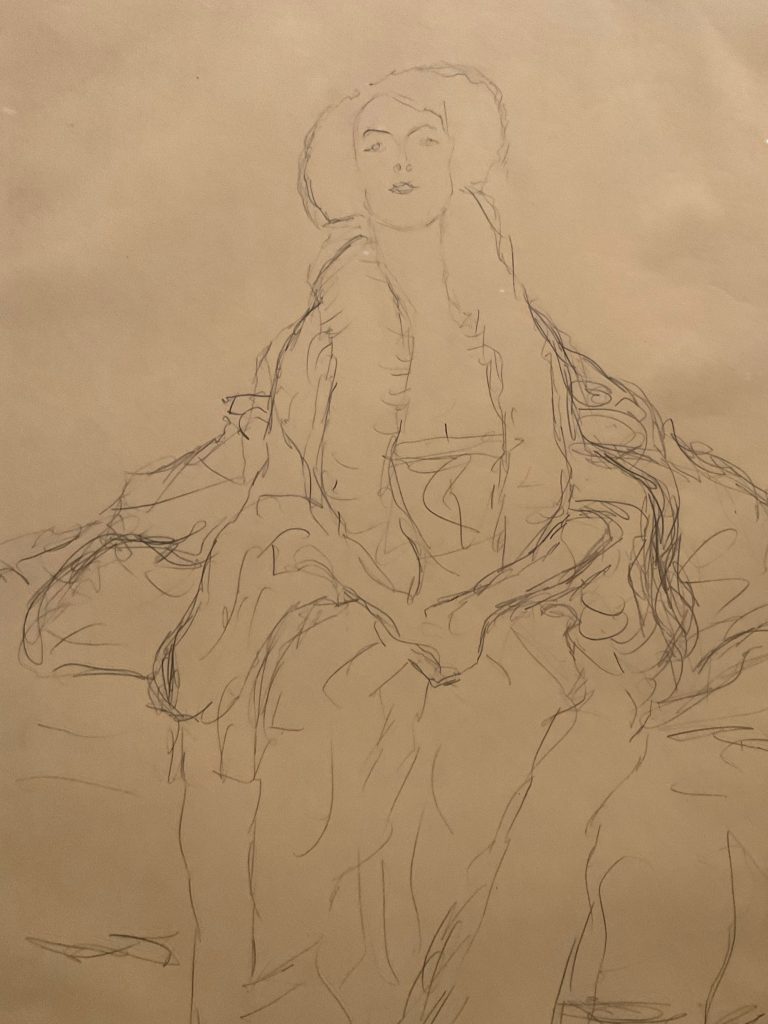
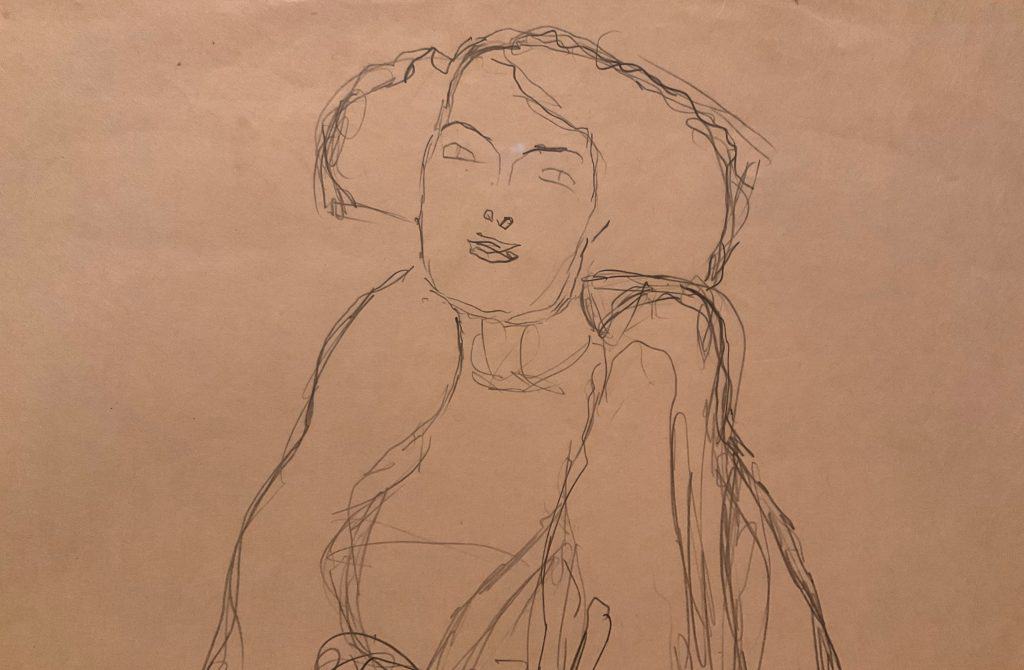
There is nothing more fascinating than seeing the traces of how an artist, by running a person through his perceptual system, forms not just a convincing, but an overshadowing image of everything.
Of course, familiarity with pictorial portraits makes the comparison-recognition-guessing process even more engaging. But even where this is not possible, such as in the sketches for the lost ‘Faculty paintings’, following the shaping of formulas of feeling through facial expressions and bodily positions remains an incredibly enriching experience.

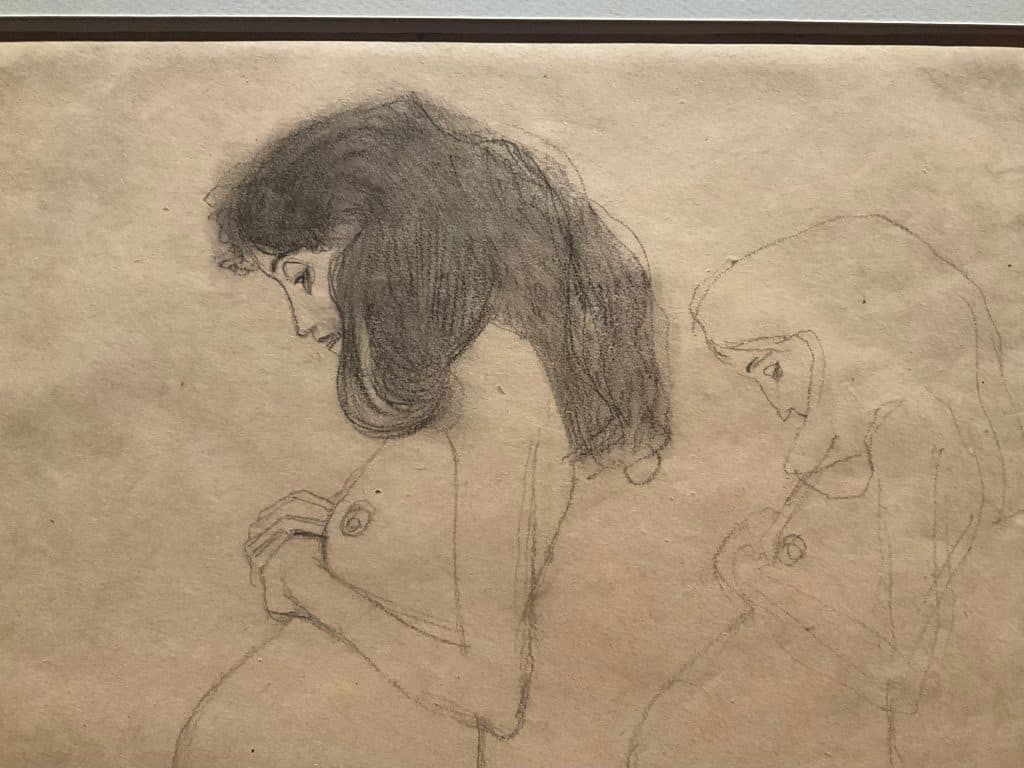
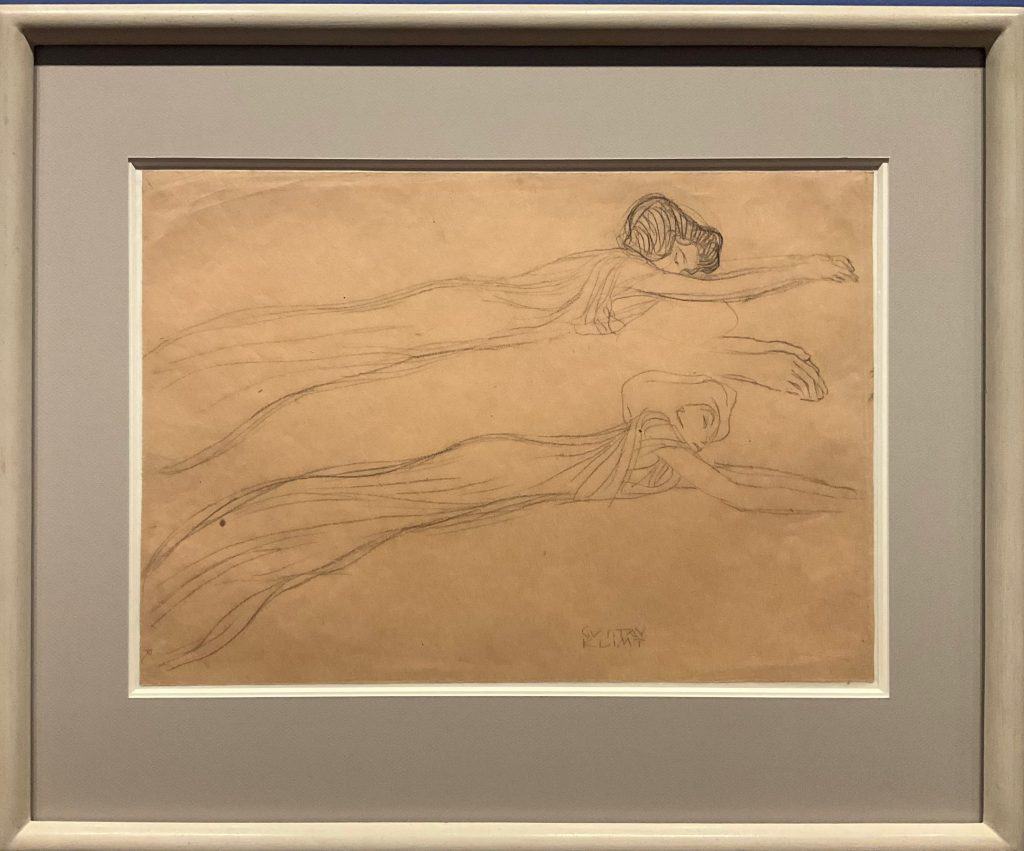
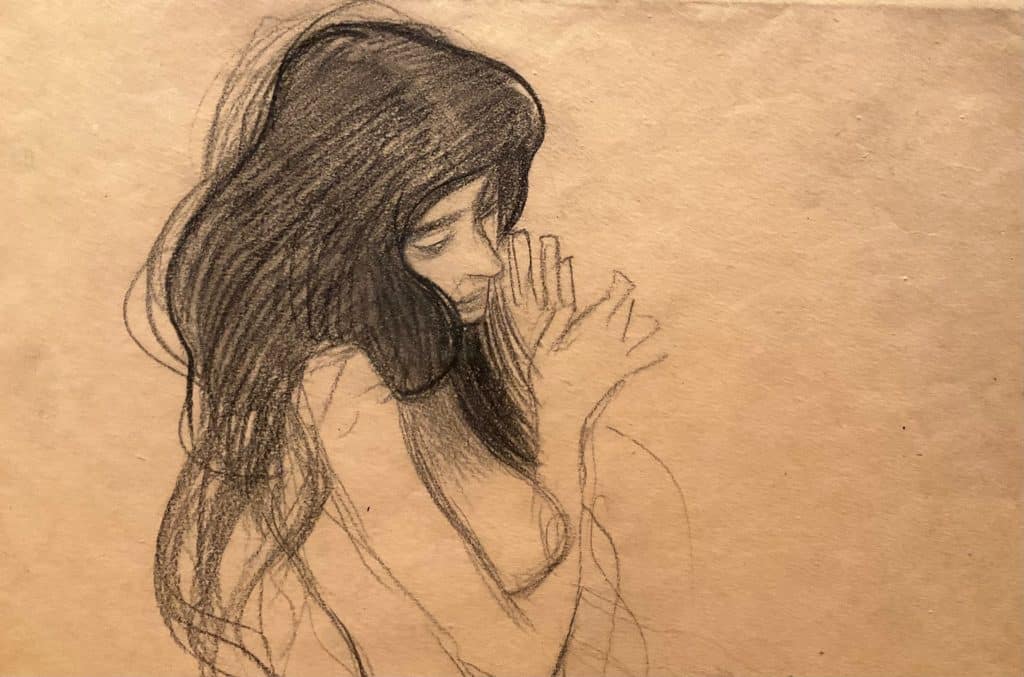


There is a reason, why this anniversary exhibition does not take place in the old palace of Prince Albert of Saxony-Teschen, now known simply as the Albetina, but in the much more modest building of the Kunstlerhaus, known more recently as the Albertina Modern. This exhibition hall of the same artists’ association from which Klimt and his comrades had separated themselves exactly 125 years ago by forming their own Secession association, i.e. an association of “separated artists”. Klimt’s symbolic return to the halls he had abandoned is a fine gesture, but not the most expressive one against the backdrop of the Secessionists’ historic and indisputable triumph. But then, when it comes to an exhibition of rare art treasures, does the occasion really matter?
Address: Karlsplatz 5, 1010 Wien
The exhibition is on display until 17 July 2022, daily from 10 a.m. to 6 p.m.
Exhibition page on the Albertina website
[Sassy_Social_Share]
You may also like:



